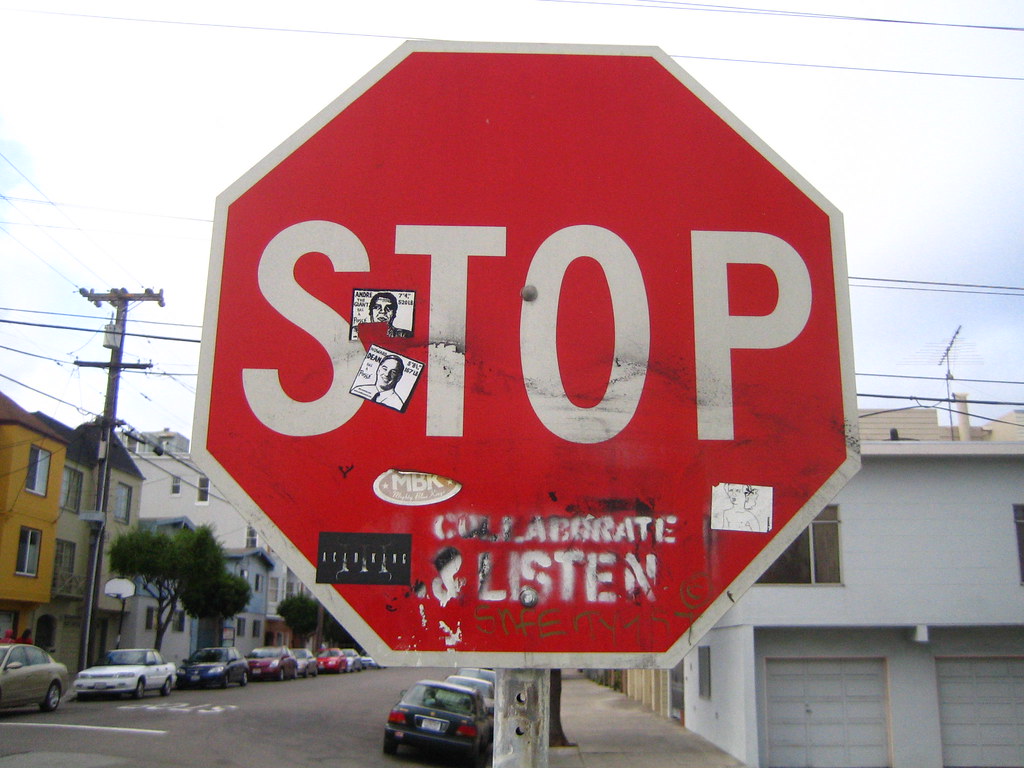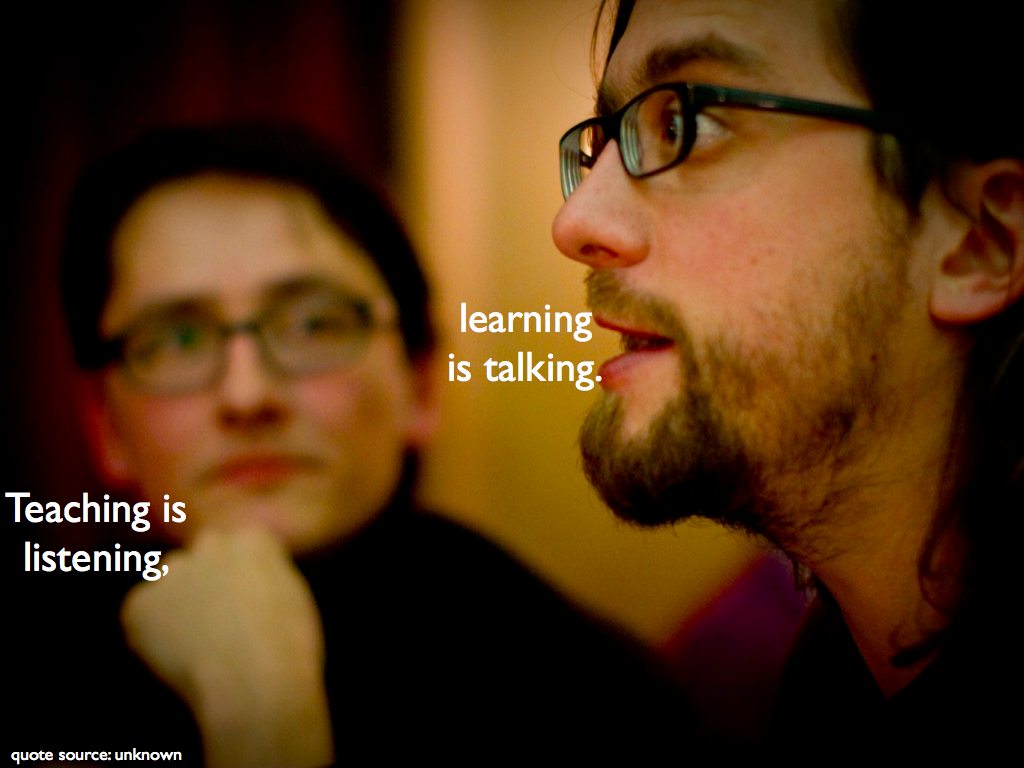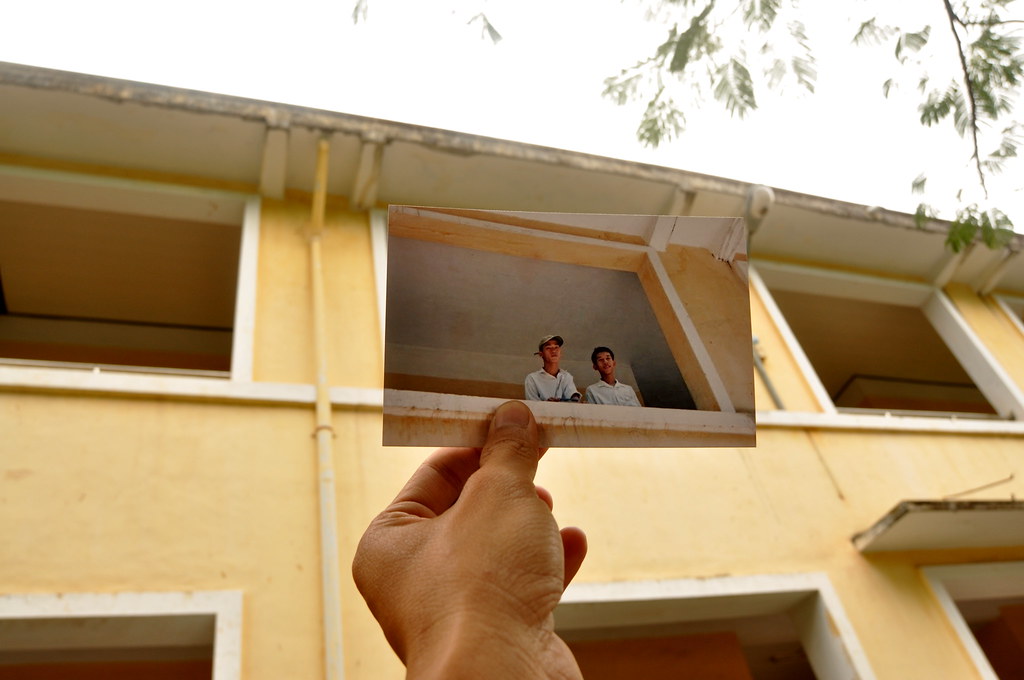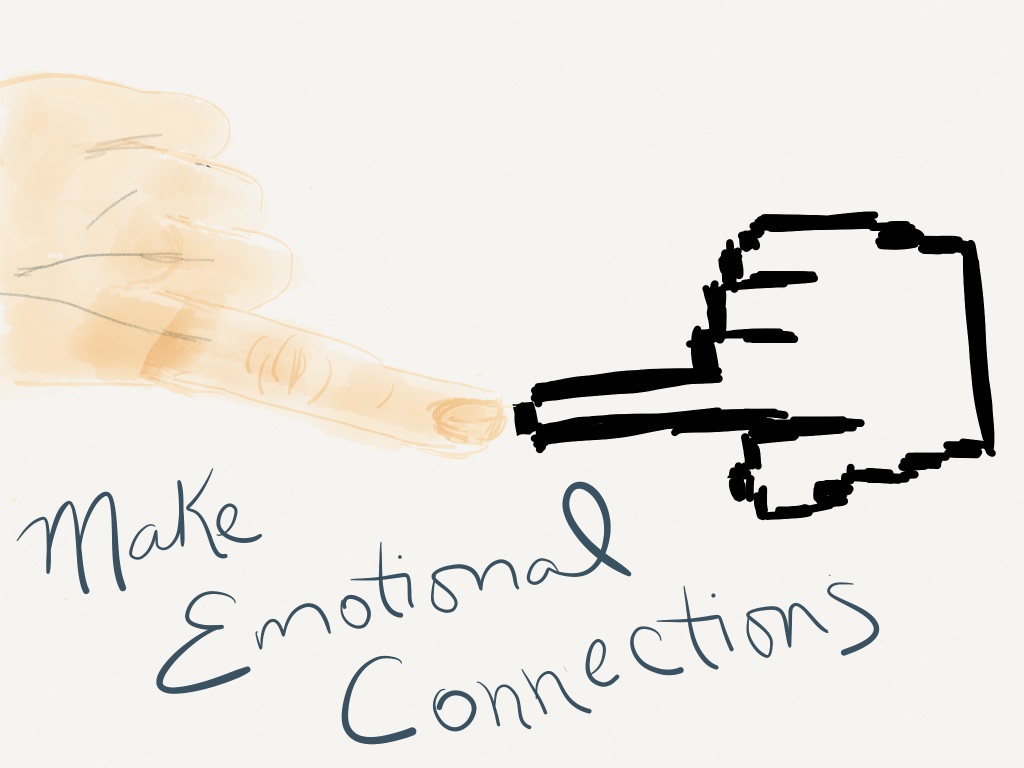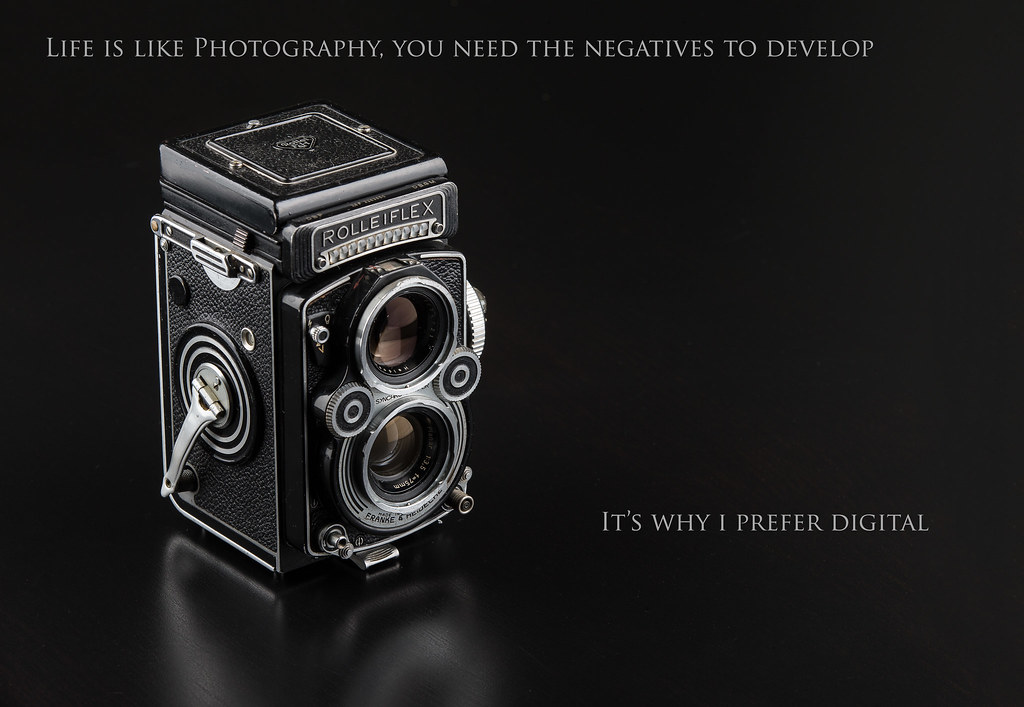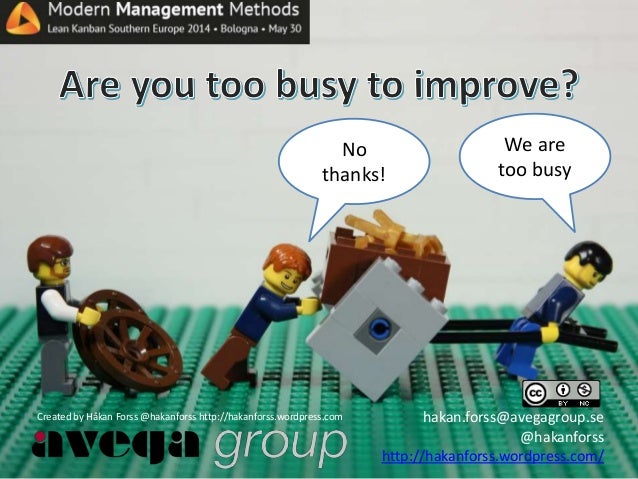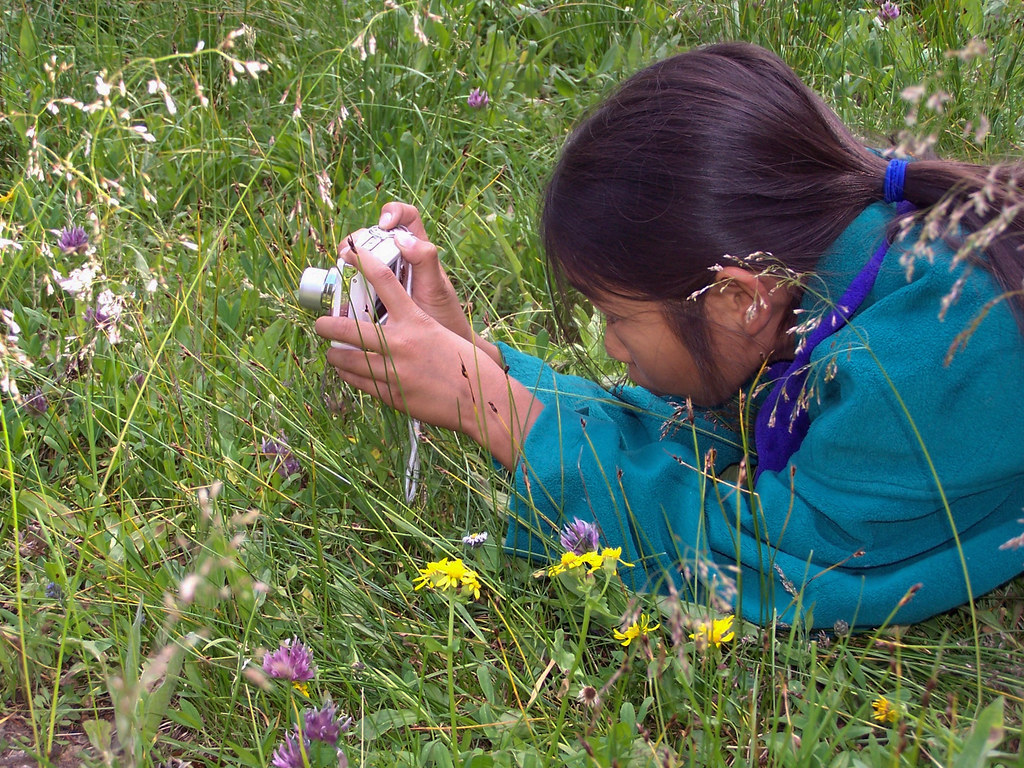There were a lot of interesting options for our final project. However, I had a quick chat with
Scott over twitter and we talked about what we were thinking. He suggested, and I agreed that Visual Literacy needed to be the core of what we taught, but we still strongly believed in
Connectivism. We wanted to create connections in our students, so it wasn't just us telling them about the importance of design methods, it was their peers. So, I chose a grade 3 class I work with frequently and he picked his grade 6 class and our goal was to have our students create presentations and then comment on each others looking specifically at CRAP design principles.
I started off by teaching my students about the PARC design methods
The following week I worked with them on colour ideas
The plan was to share one of their previous final projects on their blog and then talk about some of the design methods they recognized, and how they would use their new knowledge to create a better product. The incentive for them was, they were going to be connected to a school in KL that would talk about how they saw the design methods being used.
The students were very enthusiastic, they took pictures of their work and posted it, they started to talk about how their work was following some of the design principles, and how they would improve. They noticed quickly that a lot of the design methods built on their knowledge of reading non-fiction texts. By placing the information boxes near their images they had proximity, but it was a text-feature they were used to. Most of the students ended up talking about colour (and using colour) to describe how they were feeling.
We had some decent work being done by the grade 3s, and I was ready to share with Scott. However, time was running out (because of school vacation) so the comments didn't reach each other in time for the students to see them before this post.
We ran into some other difficulties as well. Our grade 3 students are in a "
walled garden". So when I checked their work (I could see it), however Scott's students could not. When I get back to school I hope to fix this as much as I can (either by hosting the images on my drive, or what I'm not sure). But this made me think about our tech goal of having digital portfolios and how in grade 3, parents won't be able to see or share the images (which is an important part of visual literacy).
Our students (Scott's and mine from the conversations we had) didn't seem to understand as much as we were hoping. Part of that, I think, has to do with the lack of visual literacy being taught at our schools currently. This is something I have already brought up with my EdTech Director, and my principals, and I am working on teaching it to students when I can. But in order for our students to fully understand how images are being used on them (I'm not sure how else to phrase that) they need to start creating meaningful images themselves. This was our first attempt at looking at CRAP methods, and it looked like it was a first attempt. Hopefully when they get back to school and see the comments from the other students in Scott's school they will think about their work a little more deeply.
The big win for me (even though it hasn't happened yet) was the comments from the other school. I feel that visual literacy is really important, but Scott and I both think that connecting students can bring forth powerful change. So, these comments, I hope will inspire my students to take their image creation seriously, and think about why they make things, and how they make things.
I enjoyed working with Scott, it was easy and I feel our values are pretty aligned, I'm looking forward to using this connection more, not just as part of COETAIL, but beyond.

